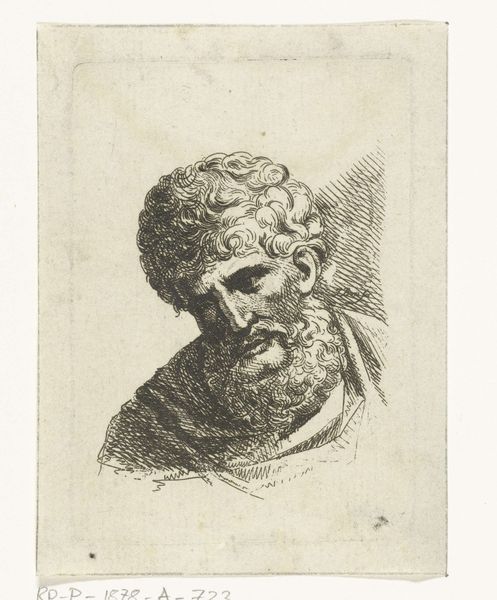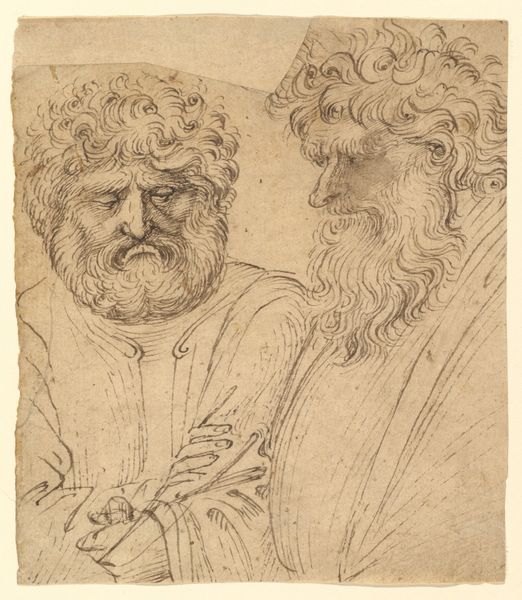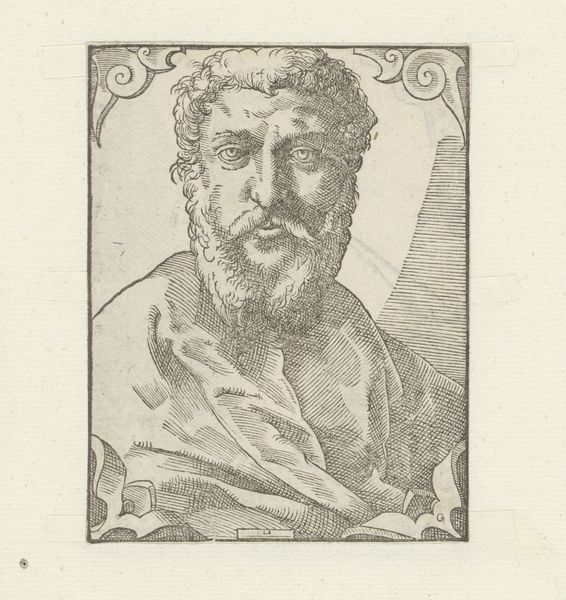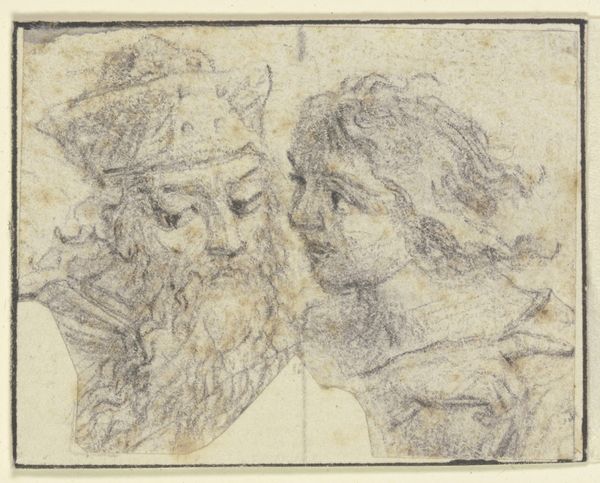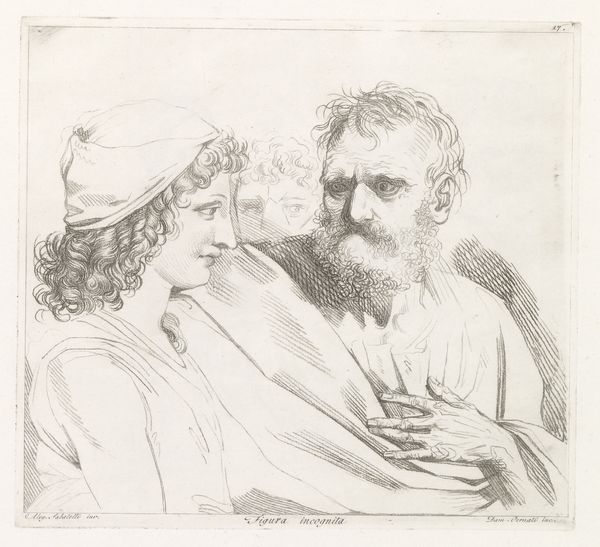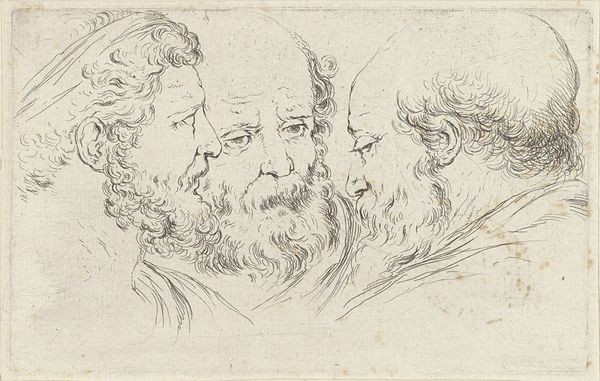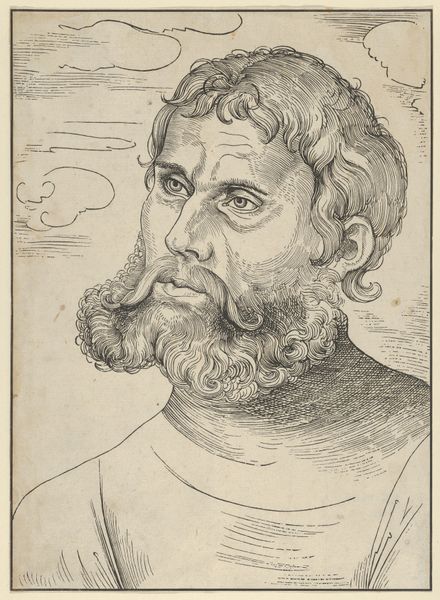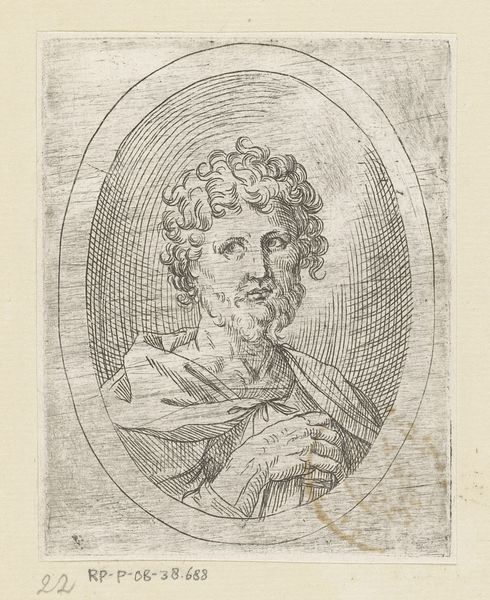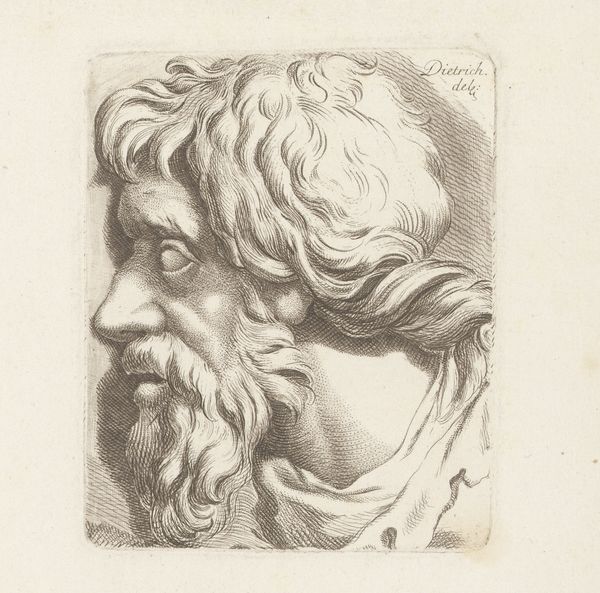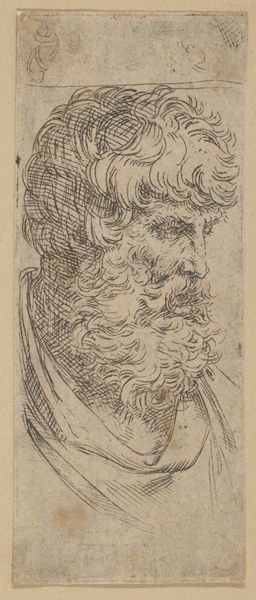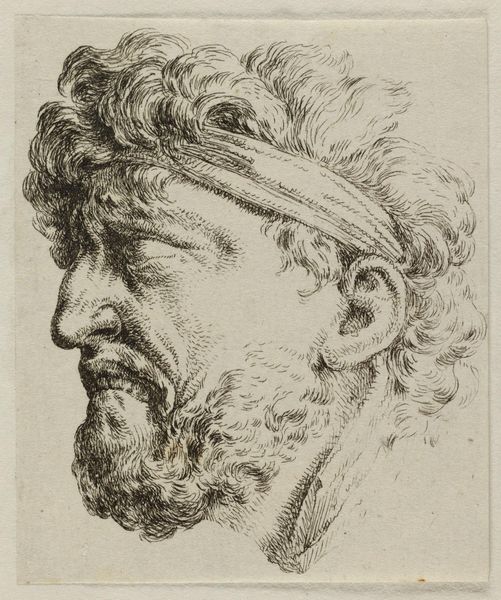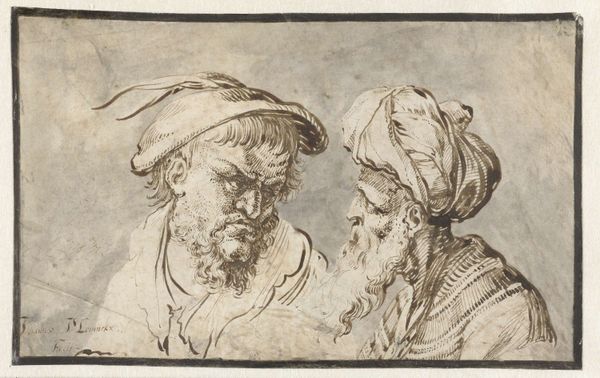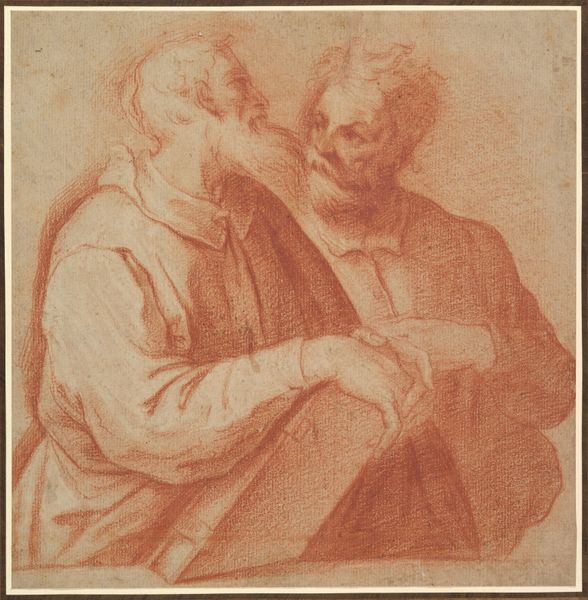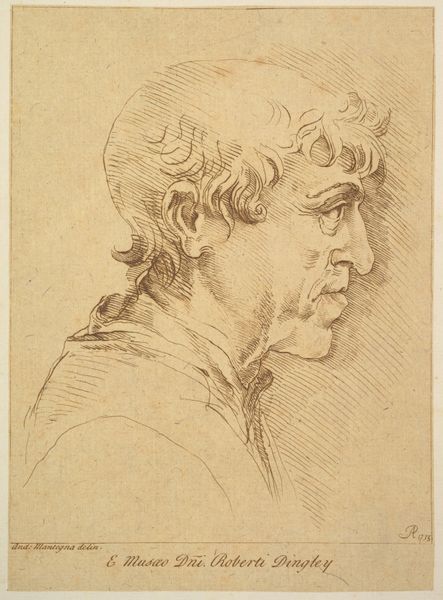
Dimensions: height 186 mm, width 186 mm
Copyright: Rijks Museum: Open Domain
Herman Gillis made this small print, "Study of Two Heads," around 1764. Its lines were etched into a copper plate using acid, and then printed onto paper. You see all the marks of this process in the final image. Note the even lines of shading, created by dragging a tool across the prepared plate. This was skilled labor, requiring a steady hand to make each line count. But the real work here wasn't manual. Gillis aimed to reproduce the expressive quality of Peter Paul Rubens’ paintings. Prints like this one brought great art to a wider audience, a crucial step in the commercial art market of the eighteenth century. Prints like this demonstrate the importance of understanding the materials, making, and context of an artwork. The result challenges distinctions between fine art and craft.
Comments
No comments
Be the first to comment and join the conversation on the ultimate creative platform.
